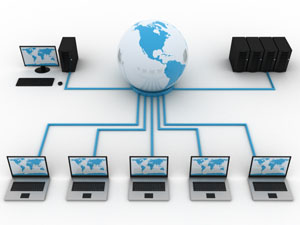A call center software can be a somewhat substantial financial investment, and it’s a decision you’ll want to live with for a while — after all, one of the reasons for investing in a software is to help your companyscale your support operations. So, before you jump feet-first into a selection, it’s important to back up and understand your organization’s goals and needs, then conduct a methodical and objective review of your options.
Figure out what you want to achieve with your software. The most crucial step is determining your goals within your company. What does adopting call center software mean to your organization and what business objectives do you expect it to help you achieve?
It may seem straightforward, but all too often stakeholders have different ideas of what they want a software to do — leading to an unproductive product search. So, before you begin, gather up all those involve in the outcome of your plans and slowly lay out all the problems you’re trying to solve.
Next, try to come up with an evaluation checklist. Now that you know what you want to accomplish, it’s time to create your wish list. How will this help you get where you want to go? It’s important to get input from people at every level who are involved with customer support to choose and rank the features and functionality you need your software to provide. This attention to detail will help you choose the right tool with all the functionality you need rather than a tool with extra unnecessary bells and whistles. A discussion or even a meeting with the senior level, management level and front lines will help you fill out the initial wish list.
What we’ll need to do next is to schedule demos of products that appear to meet your criteria. By using the checklist that we have created, we will identify the vendors offering products that meet your high-priority requirements. One way to test their product is to go to their website, sign-up and request for a demo version of their software. You can also invite them over to your company and do a demo run along with your employees. The latter is suggested as the feedback can be raised realtime and adjustments can be done realtime as well.
The last step is to evaluate and rate products and vendors. As you go through demos and try out each product through your free trial, try to evaluate the product on a variety of factors. It helps to have a mechanism to quantify and score vendors on these factors, so that at the end of the process you’ll have the data that help you make a clear choice. It’s important to think about more than just the features of the tool. Factors such as affordability, usability and architecture are equally important. Also consider the vendor itself: the company’s viability, commitment to the space and its reach — the ability to provide global coverage and post-sales support.
Choosing the right tool to manage customer interactions is one of the most important decisions you’ll make in today’s competitive global business environment, giving your company a distinct competitive advantage. By following a needs-driven, logical decision-making process, your selection team can identify and prioritize real needs, comprehensively and objectively evaluate products and choose the call center software that will serve your company – and your customers – as you grow.



